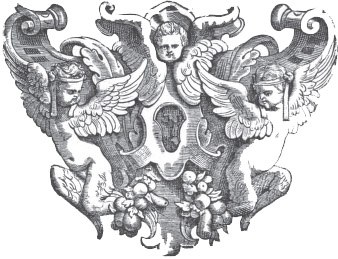The Organization of the PESSCA Archive
The PESSCA Archive is a collection of digital images of Spanish colonial artworks and the graphic art that inspired them. As such, it is the heart of the PESSCA project. All of the images of the PESSCA Archive are paired in correspondences, which are in turn classified by subject matter, a thematic organization that draws heavily from the works of Réau, Schiller, and Schenone.
Usually, the two artworks in correspondence depict the same subject. Occasionally, however, their subjects differ, as when a painting of Saint Lawrence is based on an engraving of Saint Stephen (see P. 73A/73B), when a print of St. Paul the Hermit inspires an painting of St. Jerome (P. 122A/122B), or when an engraving of Prophet Zachariah serves as a model for a painting of King Joram (see P. 371A/430B). In such cases, the correspondence will be placed in several categories.
Similarly, when both images of a correspondence illustrate different subjects, such a correspondence will be placed under all such subjects. As when an unusual image of the Trinity doubles as an allegory of the predestination of Christ's passion (see P. 1317A/1317B).
For a list of the correspondences under each heading, visit Correspondence Classification.
We have attempted to order the correspondences of each category sequentially as follows. First come synthetic representations of two or more members of the category; then come series of works that depict two or more items of the category; then come the isolated images of the category. Thus, depictions of the Life of the Virgin in one canvas precede series of paintings that represent the various episodes of her life, and the latter in turn precede non-serialized paintings that depict each a single episode thereof. Within each of these sequences, we have ordered first those correspondences that follow their models most closely, ordering the rest in terms of increasing departure from their prototypes.
But this organization is not cast in stone. In fact, we fully anticipate revising it in the future as the project grows. And as we receive advice from you.


